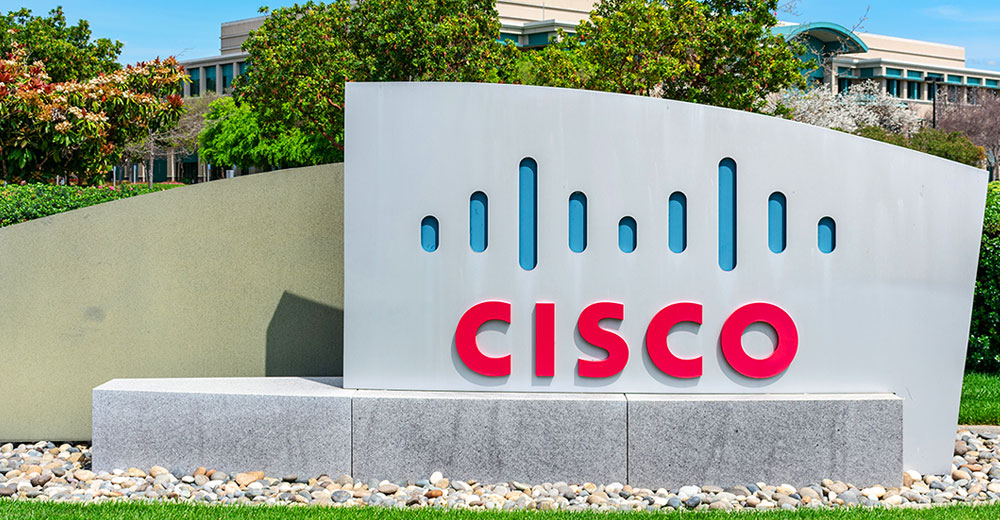Fresh from the July 28 DebConf24 conference in South Korea comes a new open-source community project, eLxr. It is a Debian derivative with intelligent edge capabilities designed to simplify and enhance edge-to-cloud deployment strategies.
Edge computing distributions provide a framework that brings enterprise applications closer to data sources such as IoT devices or local edge servers. The eLxr project launched its first Debian derivative release, inheriting Debian’s intelligent edge capabilities. The community plans to expand these for a streamlined edge-to-cloud deployment approach.
As an open-source, enterprise-grade Linux distribution, eLxr addresses the unique challenges of near-edge networks and workloads. According to eLxr.org, this approach enhances eLxr’s distribution and strengthens Debian by expanding its feature set and improving its overall quality.
Community Focus, Enterprise Support
The eLxr project first launched in June as a community-driven effort dedicated to broadening access to cutting-edge technologies for both enthusiasts and enterprise users seeking a next-generation solution that scales from edge to cloud based on Debian Linux. The community’s mission is centered on accessibility, innovation, and maintaining the integrity of open-source software from a freely available Linux distribution.
According to Mark Asselstine, principal technologist at Wind River and eLxr, its latest version, Aria, is based on Debian 12 Bookworm. It follows Debian’s release path and adds its own versioning, with the first release being eLxr 12.6.1.0 — Aria.
Custom-embedded Linux OS Builder Wind River announced its involvement Tuesday by taking the community version of eLxr to a new level. It introduced eLxr Pro, a commercial enterprise Linux offering to address the unique needs of cloud-to-edge deployments. The recently launched open-source eLxr project distribution benefits from long-term commercial support and services provided by eLxr Pro.
Asselstine told LinuxInsider that eLxr has been and always will be a community-based project. It follows an upstream-first methodology and plans to contribute consistently to the Debian and Linux Foundation projects.
Under the Enterprise Hood
Wind River is a founding member of the eLxr community. The company contributed to the initial eLxr release. Other supporters are AWS, Capgemini, Intel, SAIC, and Supermicro.
Wind River developed the new commercial Linux enterprise OS version to address the unique needs of edge-to-cloud deployments, focusing on supporting AI and critical workloads.
The project enables organizations challenged with high-performance edge and enterprise needs to meet stringent performance and operational requirements for a wide range of markets and emerging use cases. These include autonomous vehicles, aerospace and defense, energy, finance, healthcare, industrial automation, smart cities, and telecom.
It supports x86_64-based hardware (optimized for UEFI 64 platforms), and eLxr also plans to include others, such as Arm64 and Arm System Ready.
Furthermore, eLxr Pro addresses the challenges of optimizing and deploying near- and far-edge applications to process data closer to where it is generated. It is designed for workloads that involve remote automatic updates, containerized applications, orchestration, inference-AI, machine learning, and autonomous operations.
Building Upon Embedded Linux Use Cases
Over the past decade, “build from source” solutions such as the Yocto Project and Buildroot gained favor for enabling various use cases at the intelligent edge. Those experiences led to eLxr.
Traditional methods of building embedded Linux devices offer extensive customizations and the ability to generate a software development kit (SDK), providing a cross-development toolchain. This allowed developers to maximize the performance of resource-constrained devices while offloading build tasks to more powerful machines.
The increasing connectivity demands of edge deployments included over-the-air (OTA) updates and new paradigms such as data aggregation, edge processing, predictive maintenance, and various machine learning features. Such complexities impose significant burdens — the need to monitor for CVEs and bugs, the use of additional SBOMs and diverse update cadences, and many other challenges.
Those issues created a need for a different architectural approach for both near-edge devices and servers. This requires using multiple distributions, creating a heterogeneous landscape of operating environments, and increasing complexity and cost.
This led to building eLxr as a Debian derivative with modern tools to ease maintenance while combining traditional installers with a new set of distro-to-order tools that allow a single distribution to better service edge and server deployment.
Coupled with a unified tech stack, this initiative offers a strategic advantage for enterprises aiming to optimize their edge deployments, create a seamless operating environment across devices, and set the foundation for future innovations in edge-to-cloud deployments. Existing enterprise solutions move more slowly than the speed that users require to innovate and rapidly adopt new technologies quickly.
The Debian Connection
The eLxr project chose Debian for two primary reasons. First, Debian’s staunch adherence to the open-source philosophy for over 30 years was a defining factor. Second, its embrace of derivative efforts fits the developmental needs.
Debian encourages the creation of new distributions and derivatives that help expand its reach into various use cases. Debian sees sharing experiences with derivatives as a way to broaden the community, improve the code for existing users, and make Debian suitable for a more diverse audience.
Developers built eLxr around Debian to attract a broad range of users and contributors who value innovation and community-driven development. The goal is to foster collaboration, transparency, and spreading new technologies.
This approach taps into Debian’s development lifecycle by introducing innovative new content that is not yet available in Debian. It also highlights eLxr’s agility and responsiveness to emerging needs.
A related mutual benefit is that contributions made by eLxr members remain accessible and beneficial to the broader Debian community over the long term.
Flexible Developmental Initiatives Planned
According to Asselstine, Wind River and the eLxr project have a work-in-progress relationship. All content on eLxr.org and eLxr.dev is generated by public projects hosted on GitLab or upstream projects such as Debian.
Wind River is facilitating the initial stages. For example, it has provided for GitLab domain registration.
“Once a governance body, including treasury, is set up for the project, this relationship will adjust accordingly, allowing the project full control of project assets,” he explained.
Wind River Product Management initiated development work on the commercial version based on input from multiple sources, including users, customers, partners, other third parties, and internal entities. All work will be evaluated and prioritized for inclusion in the commercial version, ensuring timely delivery and maximum benefit to our commercial customers.
The community and Pro editions of eLxr Linux target several intended user scenarios. A key category is current users of existing Linux distributions such as CentOS or Ubuntu who complete installations from ISOs and rely on runtime system configuration tools such as cloud-init, puppet or ansible, or even manual configuration.
“The driving factor for these users is deciding to make this switch to avoid recent decisions such as CentOS’s move to a stream release, Ubuntu’s push to expand the use of snaps or Red Hat’s new source policies,” Asselstine said.
Meeting Broad Industrial Linux Needs
Enterprise supplier disruptions, such as the CentOS end of life in June 2024, have forced CIOs to reevaluate their Linux vendors. According to Wind River President Avijit Sinha, current options are often too limiting or overly complex, leading to implementations that do not meet the dynamic demands of this rapidly evolving segment.
This trend is driving the demand for seamless cloud-to-edge solutions that efficiently manage complex workloads, such as rapid data processing, AI, and machine learning, by reusing core operating system components and common codebases and frameworks.
“With eLxr Pro, customers deploying next-generation near-edge and enterprise server solutions are empowered to innovate using a free, open-source distribution optimized for performance, security, and ease of use. They can do so with confidence, knowing it is backed by commercial enterprise support, professional services, and integrated software tools,” said Sinha.



























































Among general Linux users who wants an enterprise class distro based on Debian? I guess most of those who went down the SUSE-Centos route and hit the usual barriers regarding sound, codecs and Bluetooth etc. Big is not always a guarantee of better as aptly demonstrated by Canonical on more than one occasion but IMO Wind River has too much class and experience to mess this up. I did a test installation plus KDE-standard and it performs admirably. With this average users will spend more time enjoying their system and less hunting through Reddit and various other forums for solutions.